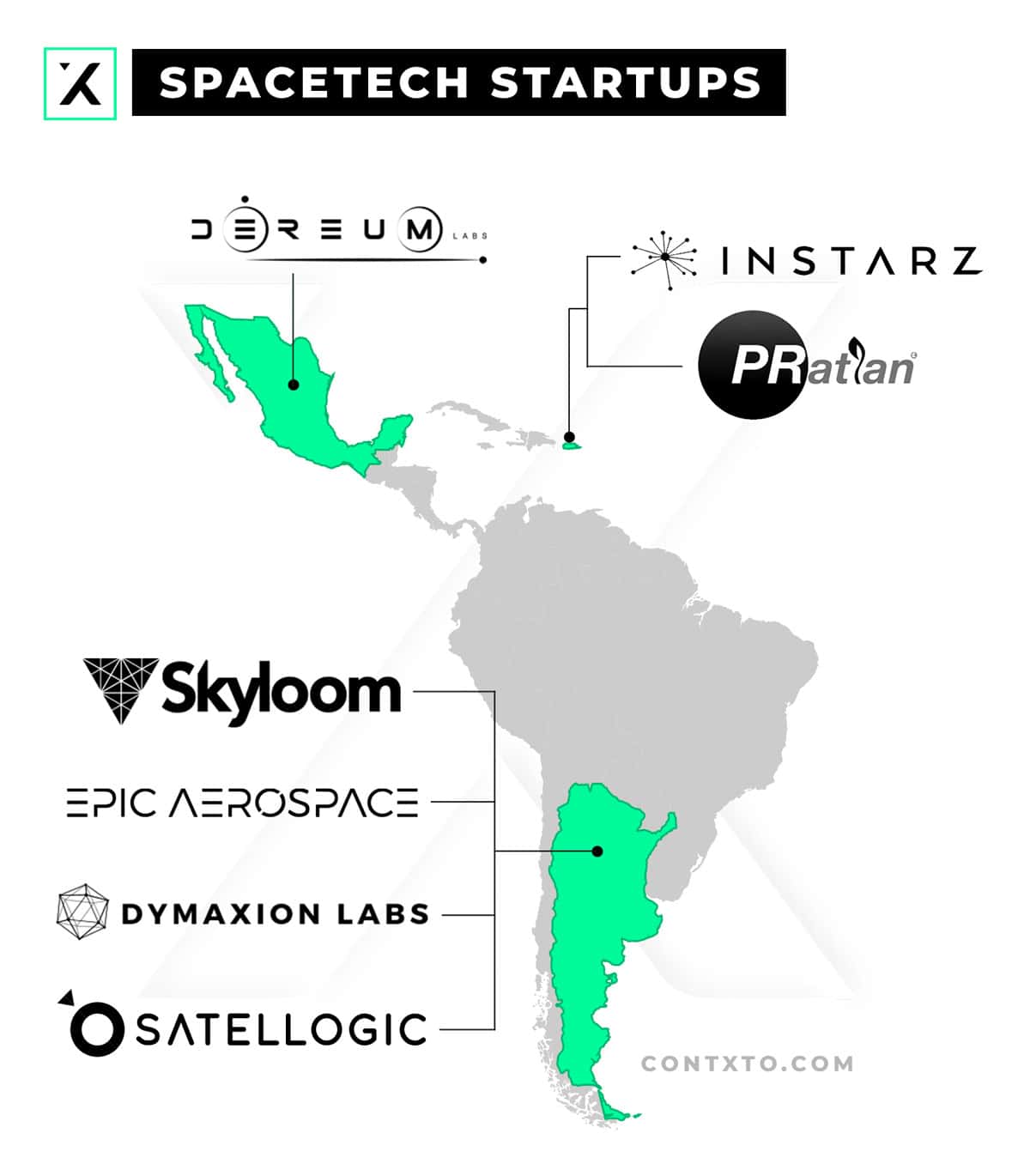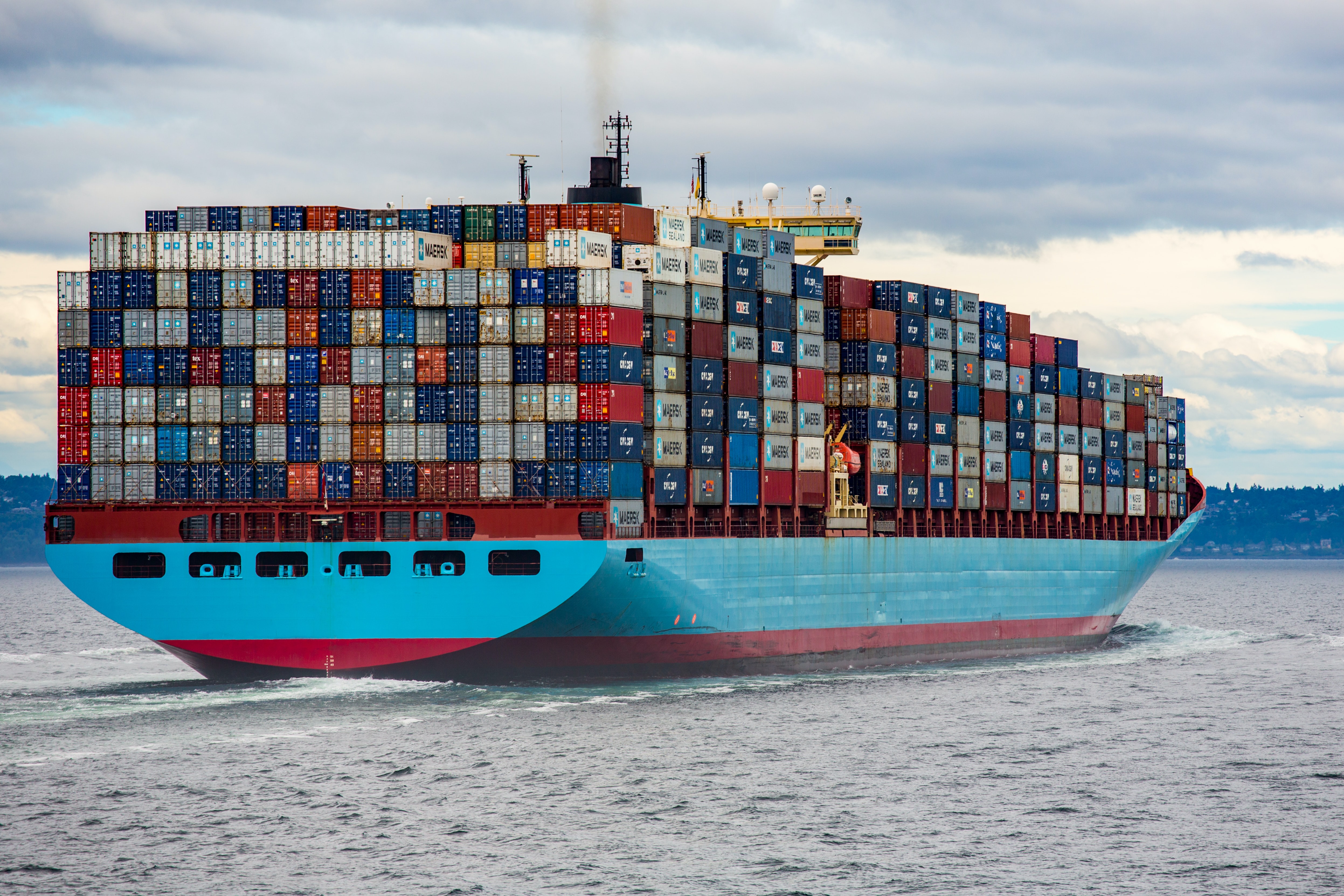Contxto – On October 9, 2020, the Mexican government took a break from its regularly scheduled Earth-bound matters to make an announcement that took many by surprise. Latin America was launching a unified regional Latin American and Caribbean Space Agency (ALCE, as it is known in Spanish).
The landmark agreement was signed alongside Argentina, making these two countries either the founding member States of a brave new age of Latin American space travel or another item on the long list of regional white elephants.
The odds are about 50/50 at the moment, but probably not for the reasons many—especially on the twittersphere—think.
Space travel, alongside nuclear capacity, has long been a country’s flex as a great power on the world stage. Luckily, the twenty-first century has brought with it an innovation far beyond the wildest dreams of any kid in the Golden Age of space travel: spacefaring private initiative.
Many of us watched the successful missions of SpaceX’s Falcon One—the first privately owned rocket to deliver a payload to the International Space Station. Yet, the complex ecosystem of smaller and marginally less sexy spacetech companies are the foundation upon which a new golden age of space exploration can be wrought.
Ignore the piece of paper signed by two Latin American governments earlier this month, it is Latam’s private sector which is truly taking off and lifting the regional extraterrestrial economy to new heights. However, there is still much work to be done.
In a sneak peek of this week’s Market Map, we’ve pored over the region and found it wanting, except for two clear exceptions:

Spacetech in Argentina
Why should a booming spacetech sector in Argentina be such a surprise? Look beyond the country’s admittedly flawed governments and the country is actually a poster child for innovation.
Argentina has some of the highest education levels in the region. It has a per capita income that remains high by Latam standards even after years of macroeconomic turmoil. It possesses a pioneering spirit going back to the earliest days of the country.
Importantly, the four startups that make up this fledgling yet thriving industry have picked important, productive, and profitable sub-sectors of spacetech. They therefore ensure that there is local and global demand for their products, as well as a profitable avenue to keep investors sweet.
Skyloom, for instance, has looked to provide a solution to global connectivity, that they say “has not been improved since the 90s”. This is because, even though we have tons of satellites collecting and sending data overhead, they must be directly above the delivery point on Earth to send all that info down. That is not timely enough.
Therefore, this Argentine spacetech has spent the past years inter-connecting the disparate network of satellites with each other in order to create a constant stream of instantaneous data delivery. A productive endeavor indeed.
Spacetech in Puerto Rico
No one should be fooled by this small Caribbean island’s size. Puerto Rico’s integration into the US space industry, courtesy of its strange, if convenient, political relationship with the mainland, alongside local regulatory perks, allows for local spacetech to flourish.
Therefore, the resulting startups focused on space piggyback on some of the more ambitious projects that humanity has ever had.
Take Puerto Rican startup Instarz. It announced its plans to create and launch a fully-equipped, self-assembling, self-sustaining lunar ecosystem by the end of 2020. Remnant, as they call it, is a fully-closed capsule capable of enabling humans to “camp” on the Moon.
However, beyond the excitement of inter-planetary habitation, one thing quickly becomes painfully clear when talking about space travel. This is an expensive sector..
Instarz values its R&D at less than a billion dollars, which was one of this seed-stage startup’s talking points as it looked to raise an investment round.
Even the cheapest tickets for spacetech are extremely capital intensive. Eat your heart out, fintech.
How spacetech became a feasible industry
Argentina’s Satellogic had the pleasure of becoming the world’s first vertically integrated geospatial analytics company, capable of delivering affordable end-to-end geoanalytics imagery at high-frequency and high-resolution. Basically, it provides regularly updated and hyper-precise pictures of our globe.
It is veritably ancient by spacetech standards, reaching its 10 year anniversary milestone this year.
But, how is it that what used to be the monopoly of Great Powers barely thirty years ago, is suddenly an open field for smaller countries and even private individuals?
In Satellogic’s case, the key discovery was made by Emiliano Kargieman—co-Founder of the company—during his time at NASA’s Ames Campus in Mountain View. He realized that the initial investment needed to launch a spacetech company had fallen exponentially since the early days.
Spacetravel was suddenly accessible to the relatively smaller pockets of the private sector because the tech and the infrastructure was already there. This opened up a path to profitability.
What does up must come down
On one hand, as stipulated by Moore’s Law, the exponentially decreasing size and price of electronic components made payloads doubly cheaper. Any of the satellites launched in the twentieth century are orders of magnitude less powerful yet more expensive than the supercomputer you and I carry around in our pockets today.
Similarly, smaller kit meant cheaper launching costs just as innovation was making shuttles cheaper to operate. As Wendy Whitman Cobb states in her article How SpaceX lowered costs and reduced barriers to space:
“Between 1970 and 2000, the cost to launch a kilogram to space remained fairly steady, with an average of US$18,500 per kilogram. […] For a SpaceX Falcon 9, the rocket used to access the ISS, the cost is just US$2,720 per kilogram.”
The result was the birth of a veritable international ecosystem launch sites, rockets, and space agencies and companies.
But, don’t be fooled. Space travel is by no means a cake walk. Indeed, let’s not take that giant leap before considering the small steps needed for Latam space travel to become a large scale endeavor.
Spacetech challenges in Latin America
Even with the regional private spacetech booming, at least in Argentina and Puerto Rico, one element to sustain the sector’s health is needed. It also happens to be Latin America’s Achilles heel: Good governance.
Here is a list of musts for a functional spacetech industry to exist in any country/region:
- Long term planning and investment
- Consistent and predictable institutional framework
- A stable macroeconomic environment
Let’s grade Latin America on a point by point basis, shall we?
Long term planning and investment
The space travel industry is not one in which you should look to make a quick buck. It is a sector that is, by design, one that requires international cooperation, long term planning, and public spending.
Thus, there is a premium on stable countries that can look beyond the next electoral cycle. On this front, both Latin American governments as well as their citizens are at fault.
A predominant reaction to the announcement of ALCE was one of recrimination. Why were Latin American countries, with so many problems on the ground, investing in an interstellar pipedream?
The question is as shortsighted as it is counterproductive. Take the ROI (return on investment) for NASA which stands at a minimum of US$7 for every US$1 invested. And that does not even consider the added value of spinoffs, like mobile internet and advanced optics, provide.
Yet, the “investments in spacetech are wasteful” argument holds a lot of sway in the Latam political sphere. So, do not be surprised at sudden slashes in space R&D funding as one short lived government gives way to another.
Consistent and predictable institutional framework
What is the use of launching a space exploration agency on the regional scale, if Mexico’s government eliminates the budget for scientific R&D in the same week? These are the sort of questions that abound across Latin America.
At least in its early stages, regional ecosystems for spacetech need to be, almost by definition, public-private partnerships. Not only do governments provide the financial stability that these long term projects need before startups begin their productive lives; they also provide the launchpads from which startup spactech can take off.
I mean this literally.
A stable macroeconomic environment
The fortunes of Argentina’s spacetech sector seem to be the polar opposite of the country’s at large.
Default looms over Argentina as inflation picks up yet again.
As a result, the likes of Satellogic look to other countries and their governments to provide a suitable environment for development. The company is thus based out of a multitude of countries, including small but stable Uruguay next door.
Making spacetech profitable
There is no doubt that massive amounts of money, invested over long periods of time, are needed to keep the spacetech sector going. Yet the potential rewards are out of this world.
Yet, without much hope for government aid, the fact of the matter is, Latam’s more inherently conservative VCs are going to be hard pressed to take a risk and to find enough investors to inject the amounts needed to keep a diverse spacetech sector going.
Even though ideas like asteroid mining have projected astronomical profits, the risk and investments needed are often too lofty for even the most daring investor. That’s why space travel is the playground of the world’s billionaires; the only people who can afford take the spacetech funding heat.
This is why inter-governmental funds like IBD Lab were seen to be some of the earlier investors in the eventual success stories of Latam spacetech.
VCs investing in spacetech
Yet, perhaps I’m being a bit hard on local VCs.
Investors are in the business of calculated risk, and given the list above, no one in their right mind would be as bold as to say the regional conditions are ideal for even the most surefire business ideas; let alone the moonshot investment needed to invest in a successful spacetech.
Indeed, although the entire sector can, and someday must become, a staple of the world economy, it takes a particular type of bravery to be the first to invest. Yet investors there are, and they are increasingly reaping the benefits.
Chinese interest, including Tencent and ABDAS, in a company like Satellogic has resulted in good returns and impressive results. The Chinese landscape can now be seen and analyzed with more precision than ever before thanks to its new eyes in the sky.
This in turn trickles down the economy benefiting agriculture, cattle-farming, natural disaster surveillance, among a plethora of other geospatial products.
Latin American VC investments in spacetech
Closer to home, Contxto broke the interesting news that even some Latin American VCs were finally taking the leap into spacetech:
Mexico’s Mountain Nazca is not a VC you think about when it comes to space travel. Yet, some of its founding members came across an American startup that piqued their interest in what now seems like a fairytale meeting.
There was some pushback as other Mountain Nazca partners, perhaps wisely, pointed that their fund did not know enough about spacetech to make an investment. Yet, an investment was made nonetheless on the good impression made by the company.
As it was thus that, earlier this month, Mountain Nazca, announced that it was the proud investor in, not one—Kavak —, but two unicorns. The second one is American spacetech, Momentus, valued at US$1.2 billion.
The bets are increasingly paying off as the private space industry takes off.
Latin America can’t afford not to invest in space travel
Given the volatility of the regional situation, spacetech in Latin America does not feel like the best investment to be making now, but this is a short sighted idea.
Spacetech is an essential industry. Returns can be seen in the technological benefits we reap every day, but also increasingly in actual hard cash. And these are the days before asteroid mining.
The question is thus: Is there a future for non-space powerhouses amongst the likes of the US, Russia, China, or the UAE?
Well, the question kind of answers itself: A few decades back, no one would have thought of China as a spacefaring nation. Yet now, its rovers trawl the dark side of the Moon.
The United Arab Emirates (UAE) may have not been on your space exploration radar until reading this very sentence. Yet, the country successfully launched its Mars mission—Al Amal (Hope)—from the Tanegashima Space Center in southern Japan on July 20. The UAE is already reaping the benefits.
If the governments of Latin America are not up to the task of inauguration a brand new space age for the region, then I would propose that the private sector take the lead. It already is in Puerto Rico and Argentina, but it can do better.
Perhaps Mountain Nazca can suggest setting up a Momentus-powered space R&D hub in the region. Perhaps, investors and private individuals could lobby governments to legislate in favor of spacetech and its subsidiaries. And perhaps, investors and founders can get ahead of the curve and create the foundations of a spacetech sector that is much closer to being a reality than science fiction.
-AG






